Home>Gardening & Outdoor>Landscaping Ideas>How To Grow Grass In Mossy Areas
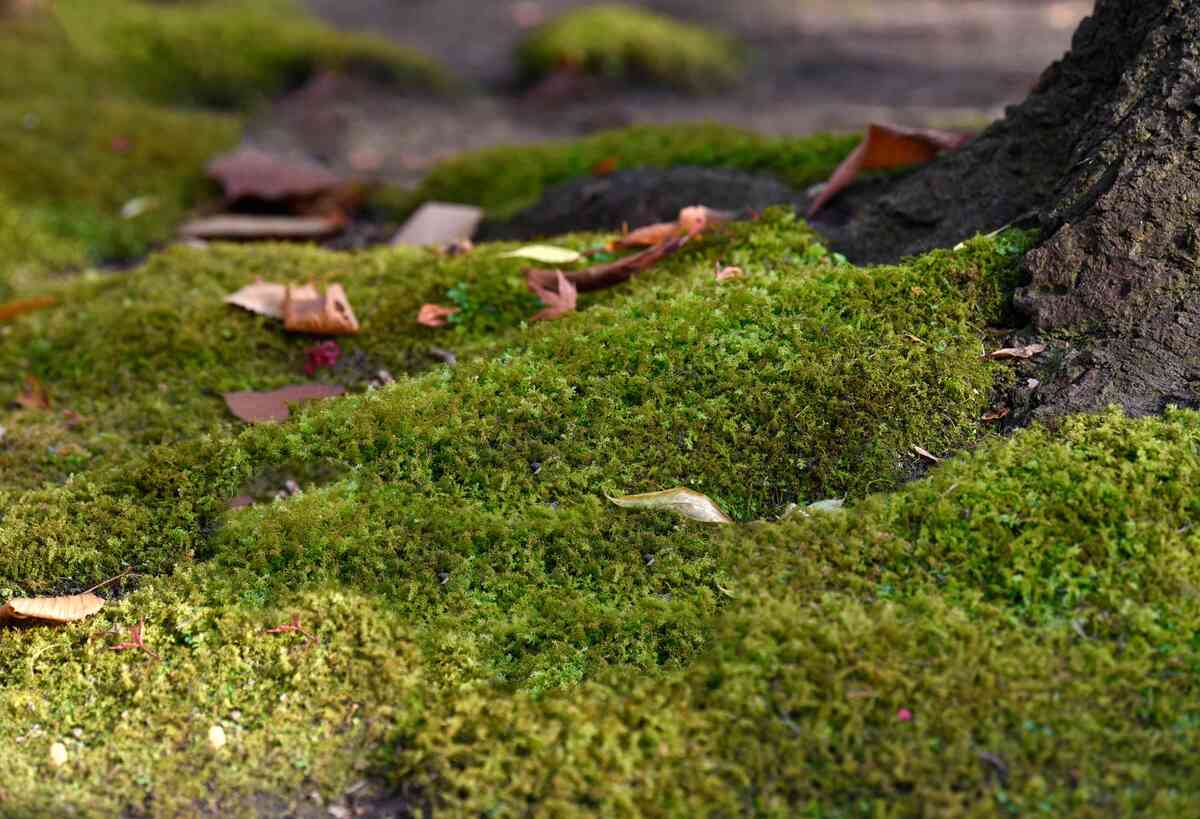

Landscaping Ideas
How To Grow Grass In Mossy Areas
Published: January 24, 2024
Learn effective landscaping ideas for growing grass in mossy areas. Discover expert tips for transforming your lawn with lush greenery.
(Many of the links in this article redirect to a specific reviewed product. Your purchase of these products through affiliate links helps to generate commission for Storables.com, at no extra cost. Learn more)
Introduction
Mossy areas in your garden or yard can present a unique set of challenges when it comes to growing a lush, green lawn. However, with the right knowledge and approach, it's absolutely possible to transform these mossy patches into vibrant, healthy grass-covered spaces. In this comprehensive guide, we'll explore the intricacies of cultivating grass in mossy areas, from understanding the underlying causes of moss growth to selecting the most suitable grass seed and implementing effective maintenance strategies. By the end of this journey, you'll be equipped with the essential insights and techniques needed to successfully grow and maintain a thriving grassy landscape in mossy areas.
Let's dive into the fascinating world of landscaping and discover the secrets to achieving a verdant, moss-free lawn in even the most challenging environments.
Key Takeaways:
- Transforming mossy areas into lush, healthy grass-covered landscapes requires addressing soil drainage, acidity, and selecting the right grass seed to create a vibrant, resilient lawn.
- Consistent maintenance, including proper watering, mowing, fertilization, and aeration, is essential for nurturing a moss-free, vibrant lawn that enhances the beauty of outdoor spaces.
Read more: How To Grow Grass In Shaded Areas
Understanding Mossy Areas
Before delving into the process of growing grass in mossy areas, it’s crucial to understand the underlying factors contributing to the prevalence of moss. Moss tends to thrive in damp, shaded, and acidic environments. Therefore, areas with poor drainage, excessive shade from overhanging trees or structures, and imbalanced soil pH levels are particularly susceptible to moss infestation.
Furthermore, compacted soil can exacerbate these conditions by impeding proper water infiltration and root development. In such environments, grass struggles to establish itself, creating an ideal opportunity for moss to take hold and spread.
It’s important to note that moss itself is not inherently harmful, and in certain settings, it can even contribute to the aesthetic appeal of a garden. However, when it begins to encroach on areas where a lush lawn is desired, it becomes necessary to address the underlying issues to encourage healthy grass growth.
By comprehensively analyzing the specific conditions contributing to moss growth in your landscape, you can effectively tailor your approach to rectify these challenges and create an environment conducive to robust grass development. With this understanding as our foundation, we can now explore the essential steps to prepare the soil and select the right grass seed for transforming mossy areas into thriving green spaces.
Preparing the Soil
The first step in establishing a healthy grass cover in mossy areas is to address the soil conditions. Start by assessing the drainage patterns in the affected area. If water tends to pool or drain slowly, it’s essential to improve the soil’s drainage capacity. This can be achieved by incorporating organic matter, such as compost or well-rotted manure, into the soil. These amendments enhance soil structure, promoting better water infiltration and reducing the likelihood of waterlogged conditions that favor moss growth.
Furthermore, aerating the soil can help alleviate compaction, allowing air, water, and essential nutrients to penetrate the root zone more effectively. Aeration can be performed using specialized tools that create small channels in the soil, facilitating improved root development and overall grass health.
Next, it’s important to address any underlying acidity issues in the soil. Moss thrives in acidic environments, so raising the soil pH to a more neutral level can help discourage its growth. Soil pH testing kits are readily available and can provide valuable insights into the acidity levels of your soil. If necessary, lime can be applied to raise the pH and create a more hospitable environment for grass to flourish.
Once the soil has been appropriately amended and prepared, consider applying a high-quality starter fertilizer to provide essential nutrients that support initial grass growth. These fertilizers often contain a balanced blend of nitrogen, phosphorus, and potassium, along with other micronutrients that promote strong root development and overall plant vigor.
By addressing soil drainage, compaction, acidity, and nutrient levels, you can lay a solid foundation for successful grass establishment in mossy areas. With the soil prepared to foster healthy growth, the next crucial step is to select the most suitable grass seed for the specific conditions of your landscape.
Choosing the Right Grass Seed
When it comes to transforming mossy areas into vibrant, grass-covered spaces, selecting the appropriate grass seed is paramount. Different grass species and cultivars exhibit varying levels of tolerance to shade, moisture, and soil acidity, making it essential to choose a seed that aligns with the specific conditions of your landscape.
In shaded areas where moss tends to thrive, consider opting for shade-tolerant grass species such as fine fescue or certain varieties of Kentucky bluegrass. These species are better equipped to thrive in low-light conditions, providing an opportunity to outcompete moss and establish a dense, healthy lawn.
Furthermore, assessing the moisture levels in the area can guide your selection of grass seed. For consistently damp or poorly drained areas, species like creeping red fescue or perennial ryegrass may be well-suited, as they exhibit good tolerance to moisture and can thrive in such environments.
Soil acidity is another crucial factor to consider when choosing grass seed for mossy areas. If the soil has been amended to raise the pH, selecting grass species that prefer neutral to slightly alkaline conditions, such as certain varieties of tall fescue, can contribute to long-term success.
It’s important to note that a blend of grass species and cultivars tailored to the specific conditions of the site can often yield the best results. By combining different grass types with complementary traits, such as shade tolerance, moisture resistance, and pH adaptability, you can create a diverse and resilient lawn that is better equipped to thrive in challenging environments.
Before purchasing grass seed, carefully review the product labels and select a high-quality blend that aligns with the unique characteristics of your mossy areas. By choosing the right grass seed and preparing the soil accordingly, you set the stage for successful grass establishment and long-term resilience against moss encroachment.
To grow grass in mossy areas, first remove the moss by raking or using a moss killer. Then, aerate the soil and add grass seed suitable for shady areas. Water regularly and avoid over-fertilizing to prevent moss from returning.
Planting and Caring for Grass
Once the soil has been prepared and the appropriate grass seed selected, it’s time to embark on the process of planting and nurturing the grass to ensure robust establishment. Begin by evenly distributing the grass seed over the prepared soil, following the recommended seeding rates provided on the product packaging. To facilitate good seed-to-soil contact, gently rake the area to cover the seeds with a thin layer of soil, promoting germination and early growth.
After seeding, it’s crucial to keep the soil consistently moist to support germination and initial root development. Depending on the climate and local conditions, this may require regular, light watering to prevent the soil from drying out. However, it’s important to avoid overwatering, as excessively wet conditions can hinder germination and promote the growth of undesirable fungi.
As the grass begins to germinate and establish itself, continue to monitor soil moisture levels and adjust your watering regimen accordingly. Once the grass reaches a height of approximately 3 inches, it’s advisable to mow it for the first time, ensuring that no more than one-third of the grass blade is removed in a single mowing session. This promotes healthy growth and encourages the development of a dense, resilient lawn.
In addition to watering and mowing, it’s beneficial to apply a high-quality, slow-release fertilizer approximately six weeks after seeding. This provides essential nutrients that support ongoing grass growth and helps fortify the young plants against environmental stressors.
Throughout the establishment phase, it’s important to be mindful of any signs of moss resurgence. Promptly address any areas where moss begins to reappear, as this may indicate underlying issues that need to be resolved, such as poor drainage or excessive shade. By diligently tending to the newly planted grass and addressing any emerging challenges, you can nurture its growth and minimize the likelihood of moss regaining a foothold in the area.
By implementing these best practices for planting and caring for grass, you can foster the development of a healthy, resilient lawn that gradually overtakes the mossy areas, transforming them into lush, green expanses that enhance the beauty of your landscape.
Read more: How To Grow Grass In Low Light Areas
Maintaining Grass in Mossy Areas
Once the grass has successfully established itself in mossy areas, ongoing maintenance is crucial to ensure its long-term health and resilience. Regular mowing is an essential aspect of grass care, as it promotes dense growth and discourages the encroachment of moss. However, it’s important to adjust the mowing height to accommodate the specific grass species and prevailing environmental conditions. For example, in shaded areas, raising the mowing height can help the grass capture more sunlight and thrive despite reduced light levels.
Proper irrigation is another key element of grass maintenance in mossy areas. While it’s important to avoid overwatering, especially in shaded and poorly drained areas, ensuring that the grass receives adequate moisture is essential for its sustained vitality. By adhering to a consistent watering schedule and monitoring soil moisture levels, you can support the grass’s health and resilience against moss competition.
Fertilization plays a vital role in maintaining the vigor of grass in mossy areas. Applying a balanced, slow-release fertilizer in the spring and fall can provide the essential nutrients needed for robust growth and overall plant health. Additionally, periodic soil testing can help determine the specific nutritional requirements of the grass, enabling you to tailor your fertilization approach for optimal results.
To further fortify the grass against moss intrusion, consider overseeding the lawn with the appropriate grass seed mixture during the fall season. Overseeding helps replenish thin or bare areas, enhancing the density of the grass cover and reducing opportunities for moss to establish itself.
Regular dethatching and aeration can also contribute to the long-term health of the grass in mossy areas. Dethatching removes built-up organic debris that can impede grass growth, while aeration alleviates soil compaction and promotes better air, water, and nutrient penetration to the roots. These practices help create an environment that is more conducive to robust grass growth and less hospitable to moss development.
By consistently implementing these maintenance strategies and keeping a watchful eye on the health of the grass, you can cultivate a resilient, moss-free lawn that enhances the beauty and functionality of your outdoor space. With proper care and attention, mossy areas can be transformed into vibrant, thriving expanses of greenery that enrich your landscape for years to come.
Conclusion
Transforming mossy areas into lush, healthy grass-covered landscapes is a rewarding journey that requires careful planning, thoughtful execution, and ongoing maintenance. By understanding the environmental factors contributing to moss growth and addressing them through soil preparation, appropriate grass seed selection, and diligent care, you can create a vibrant, resilient lawn that thrives despite the challenges posed by mossy conditions.
Throughout this process, it’s important to approach the transformation of mossy areas with patience and a long-term perspective. Establishing a healthy grass cover in these environments is not merely a one-time endeavor but an ongoing commitment to nurturing the vitality of the landscape. By consistently implementing best practices for soil preparation, grass planting, and maintenance, you can gradually reclaim mossy areas and create captivating green spaces that elevate the overall aesthetics and functionality of your outdoor environment.
Furthermore, the successful cultivation of grass in mossy areas is a testament to the transformative power of strategic landscaping and attentive horticultural practices. It showcases the potential to overcome environmental challenges and create thriving, resilient ecosystems that harmoniously coexist with the natural elements of the landscape.
As you embark on this journey, remember that each mossy area presents a unique set of conditions and considerations. By tailoring your approach to the specific characteristics of the site and staying attuned to the evolving needs of the grass, you can achieve remarkable results and enjoy the beauty of a moss-free, vibrant lawn.
Ultimately, the process of growing grass in mossy areas is a testament to the profound impact of informed decision-making, dedicated care, and a deep appreciation for the transformative potential of landscaping. Embrace the challenges, celebrate the successes, and revel in the beauty of a landscape reborn through the verdant allure of healthy, thriving grass.
Frequently Asked Questions about How To Grow Grass In Mossy Areas
Was this page helpful?
At Storables.com, we guarantee accurate and reliable information. Our content, validated by Expert Board Contributors, is crafted following stringent Editorial Policies. We're committed to providing you with well-researched, expert-backed insights for all your informational needs.
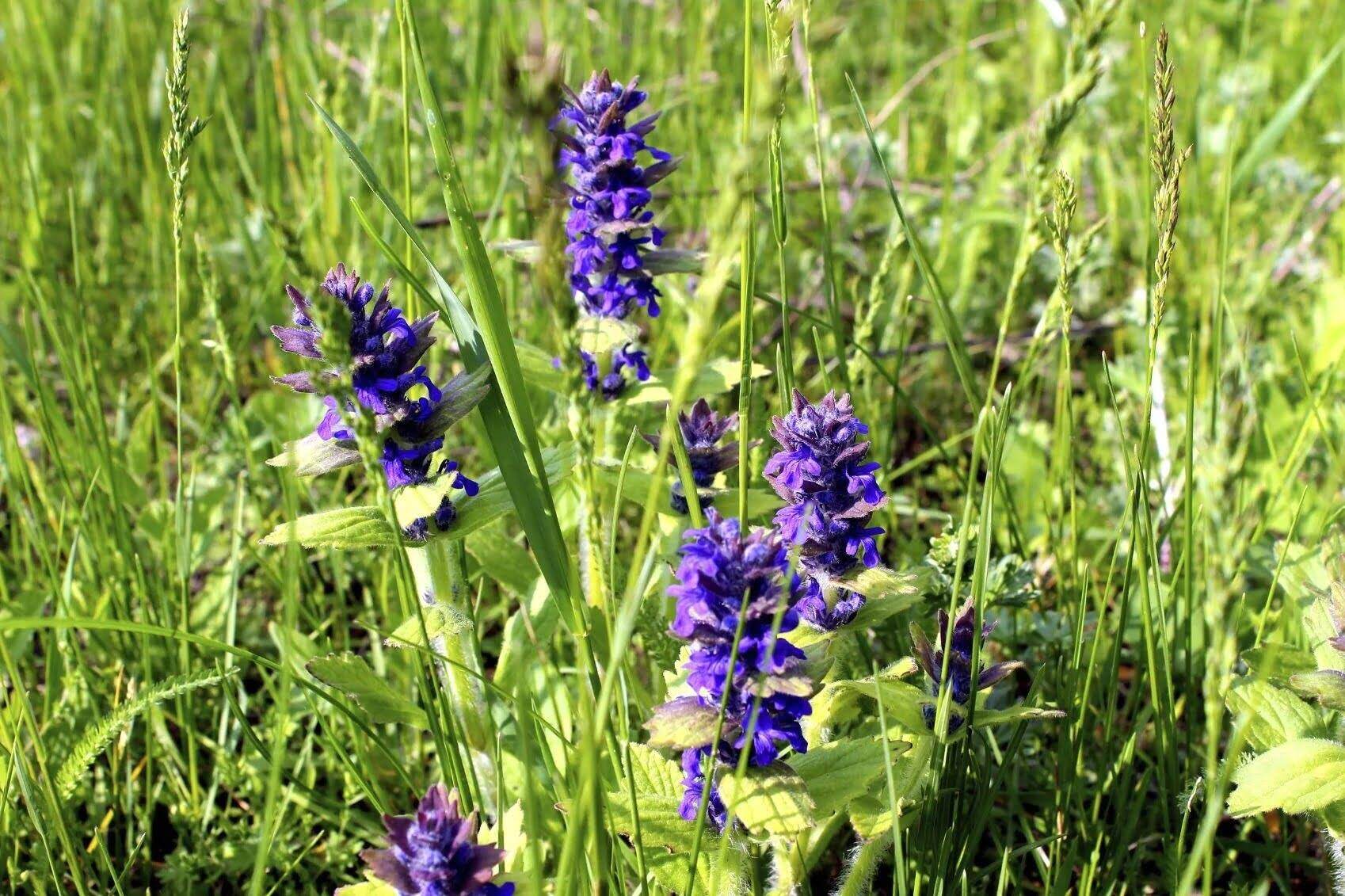
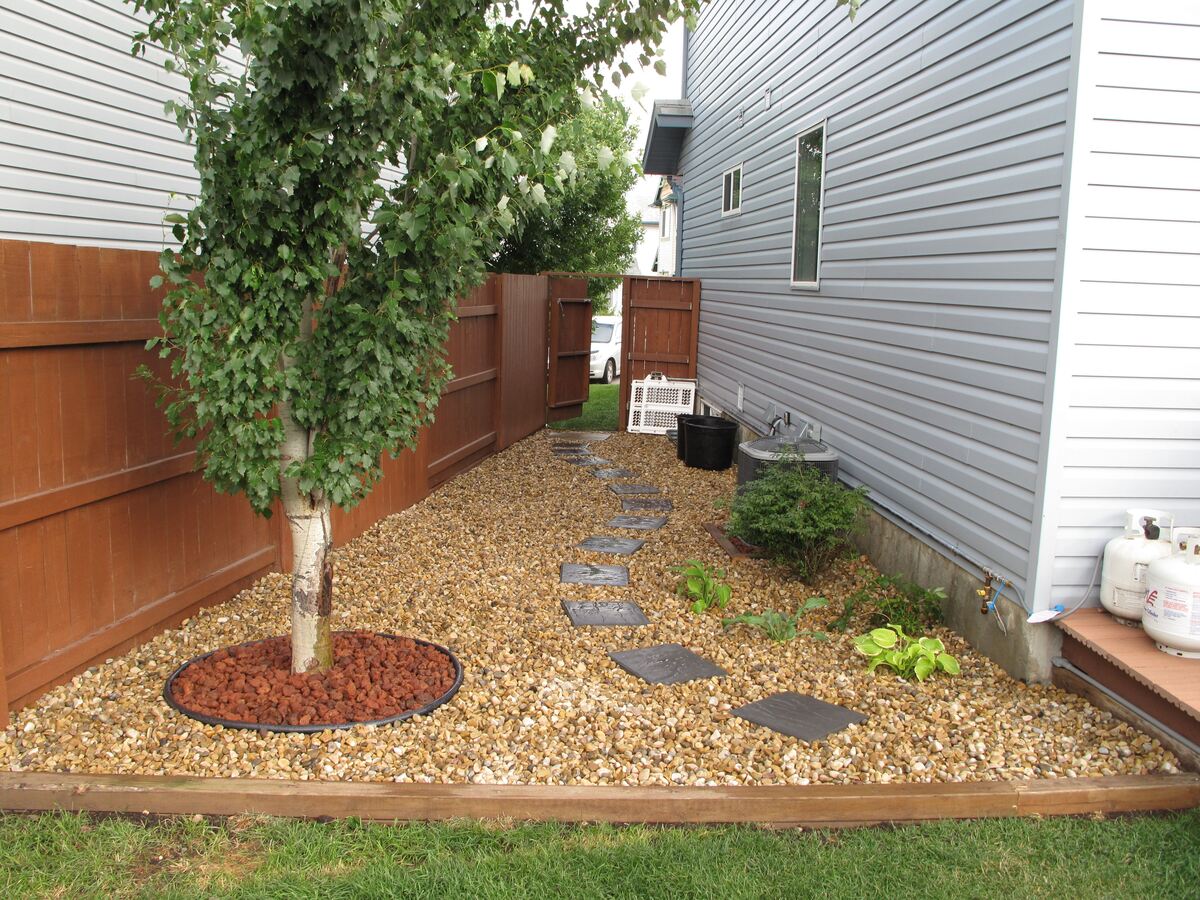
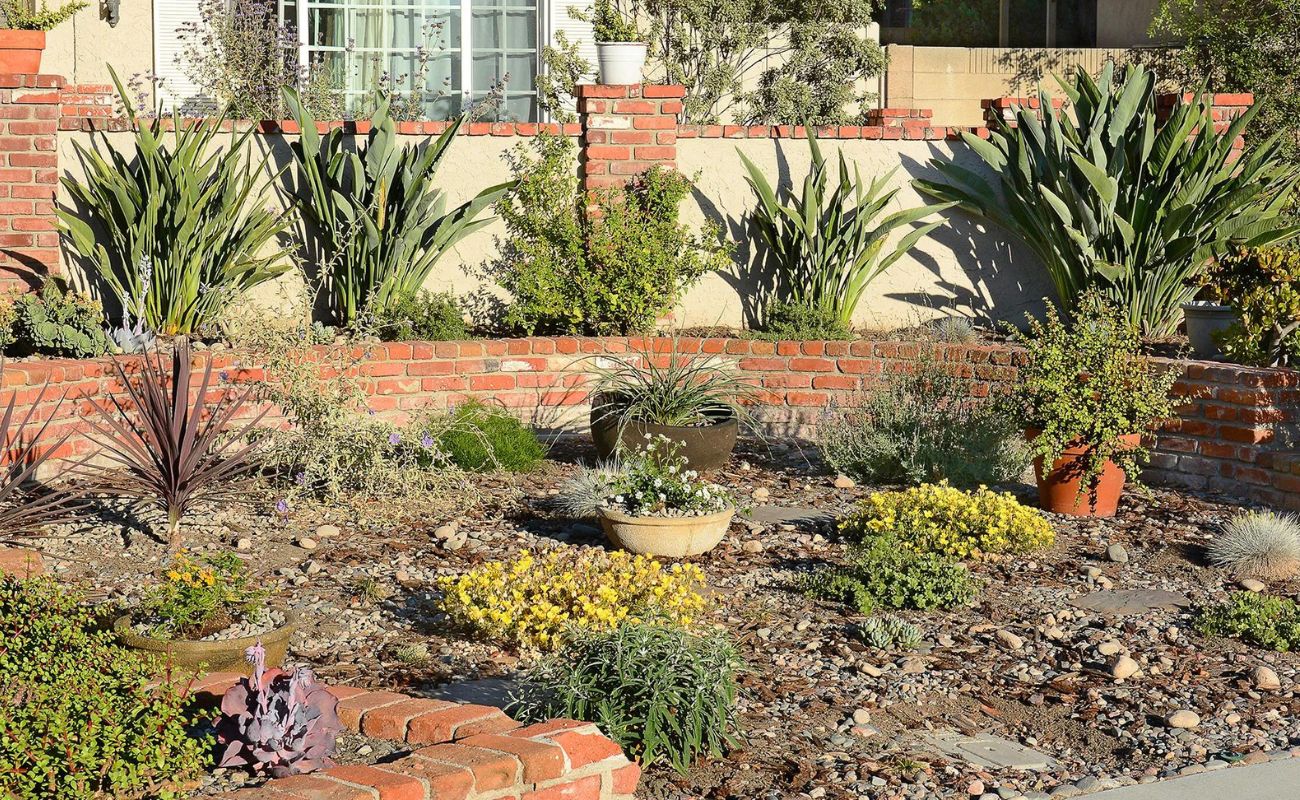

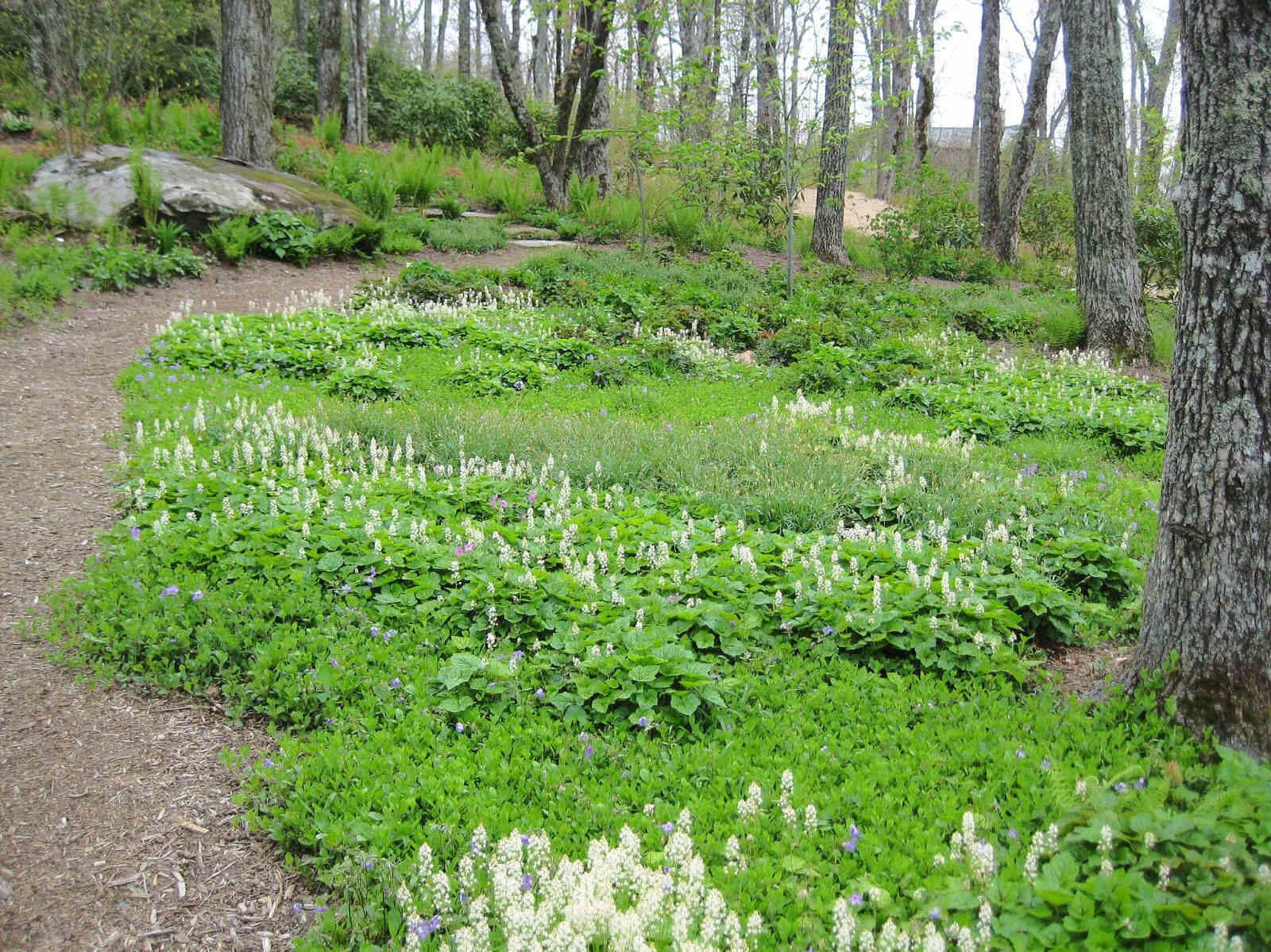
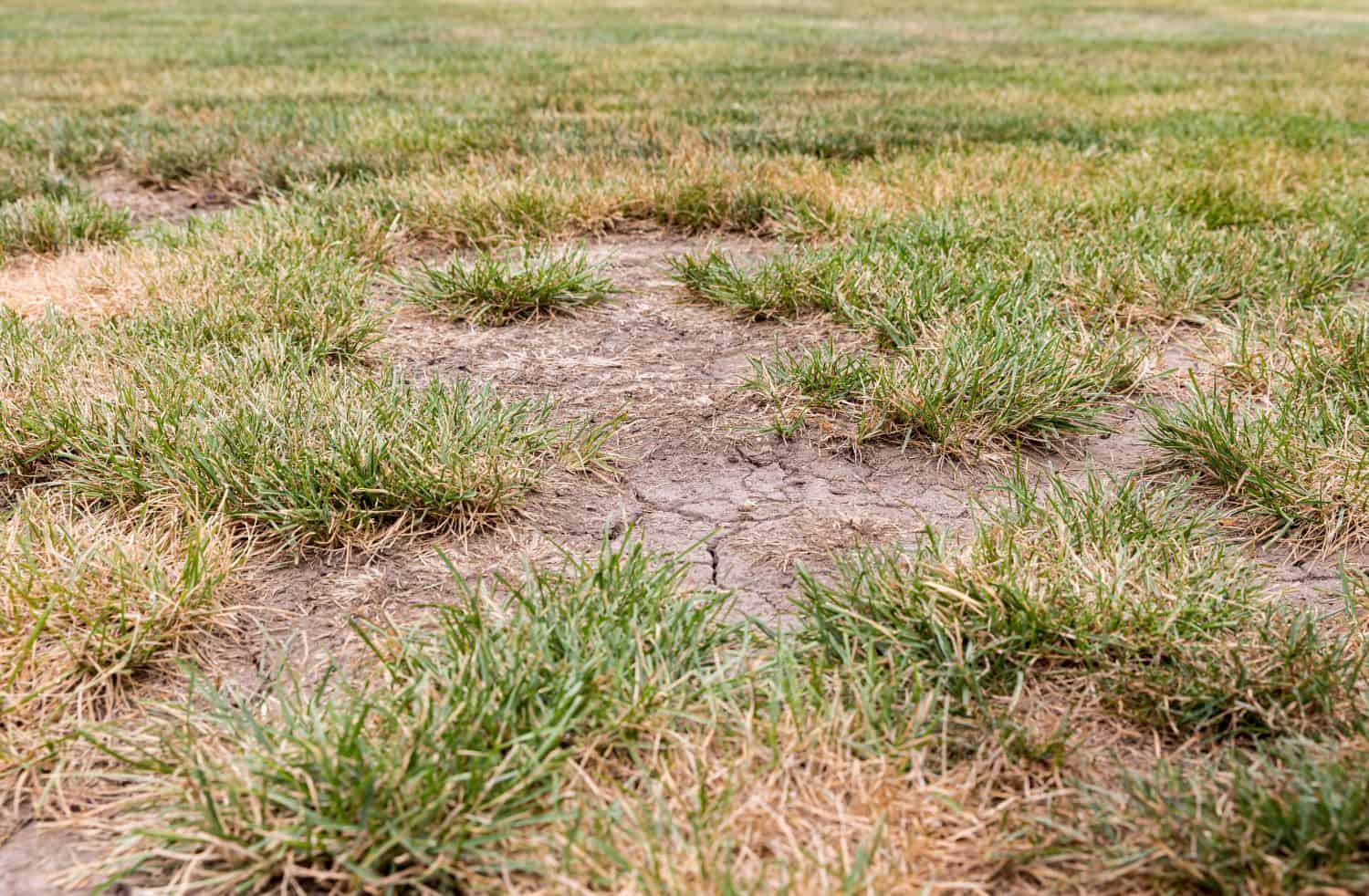
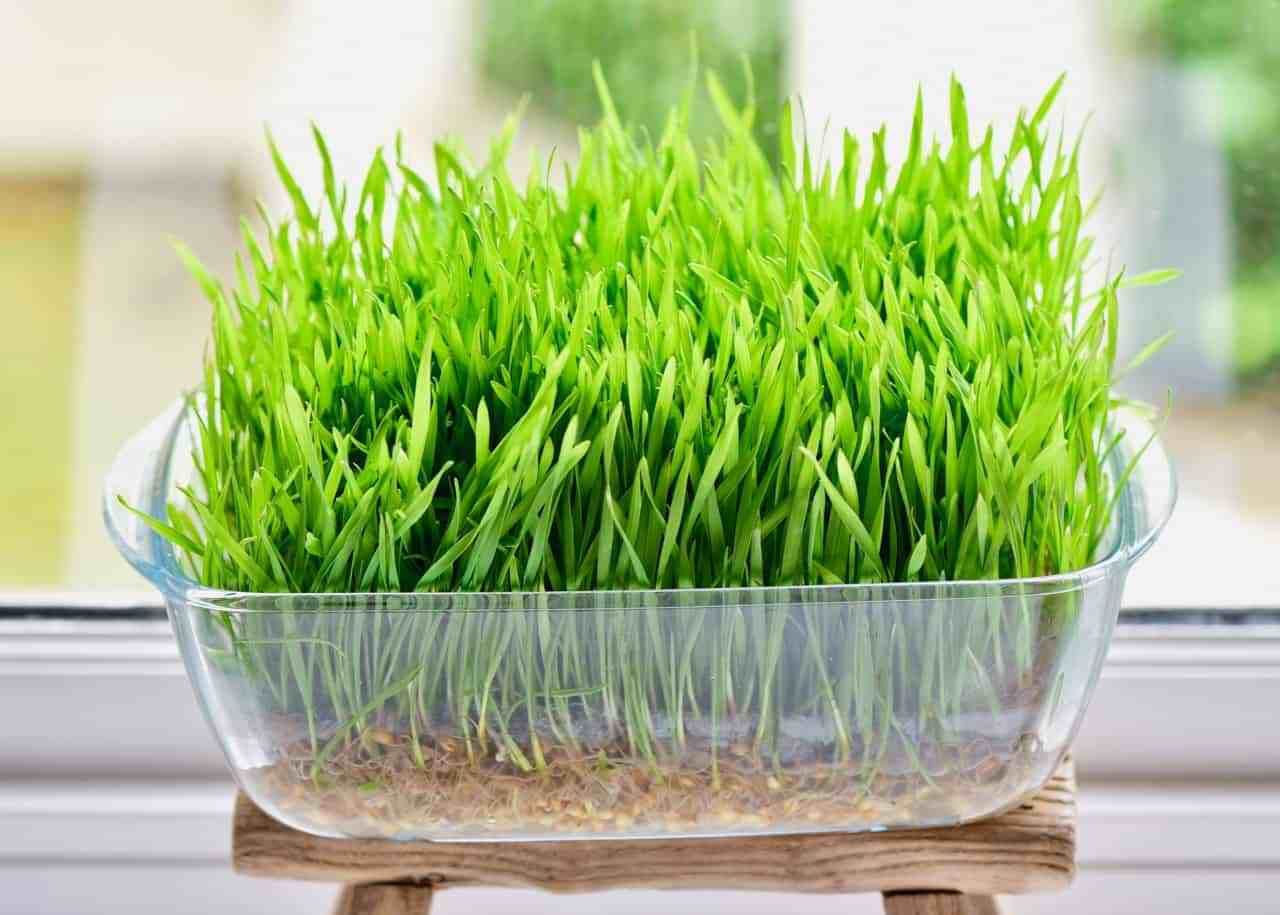

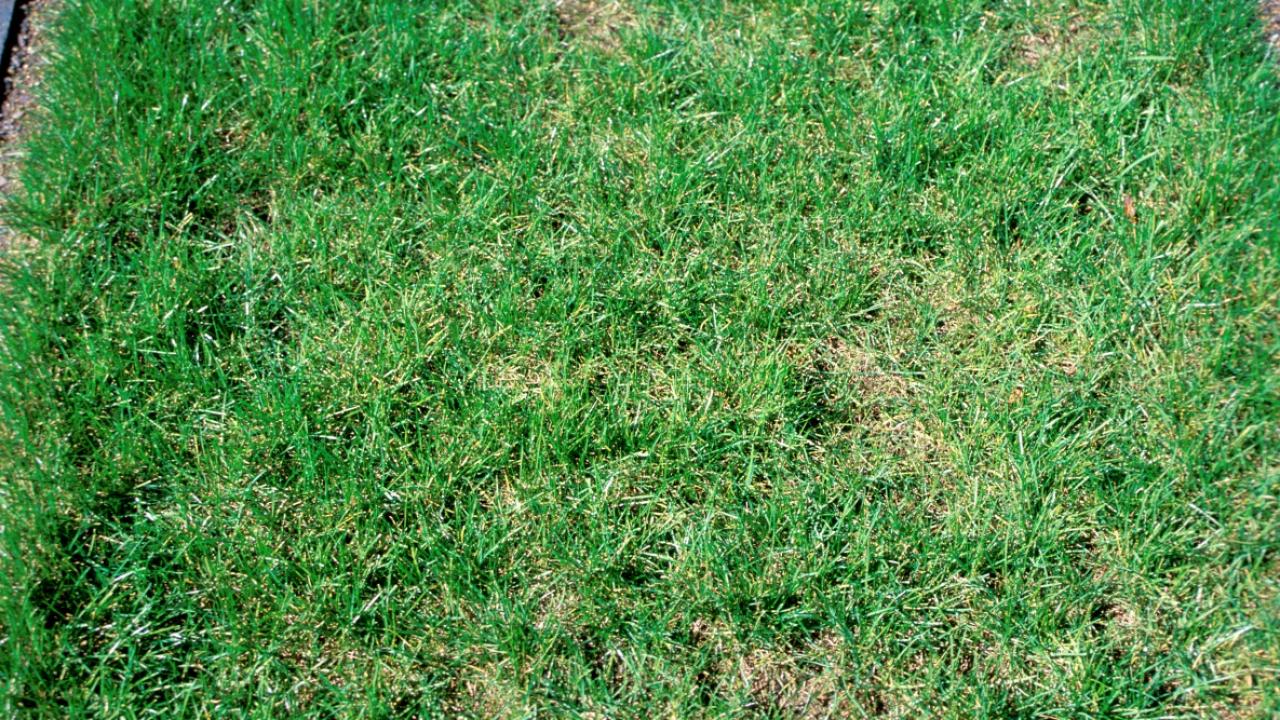
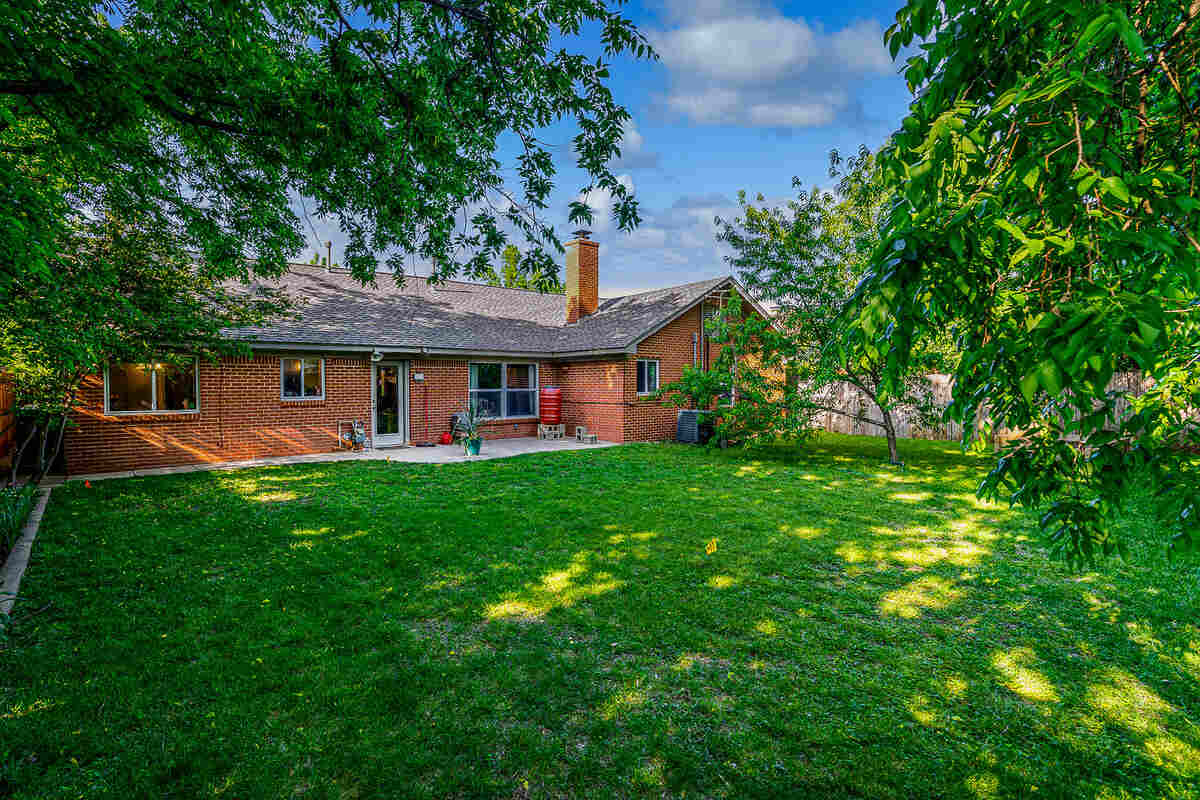
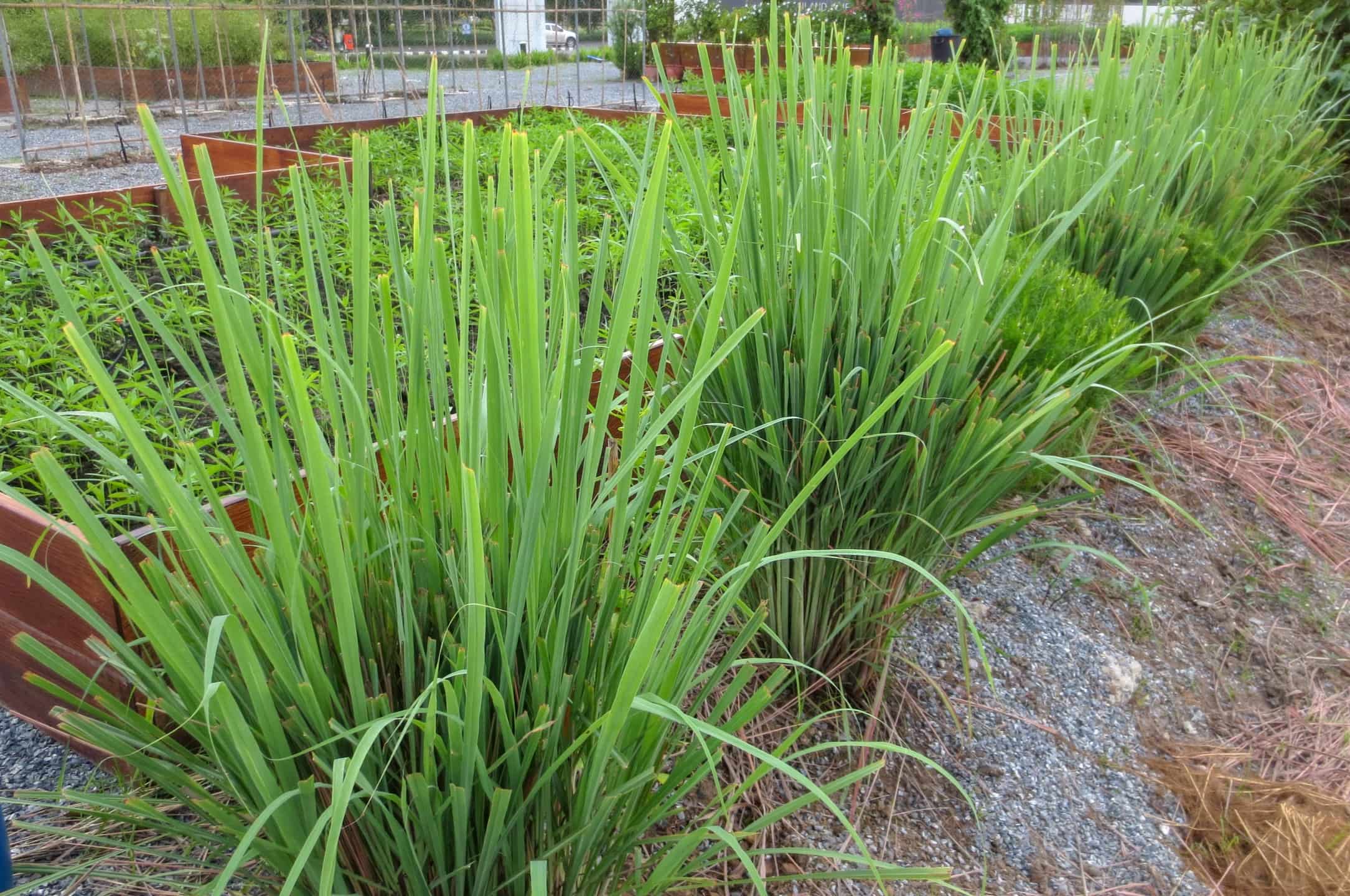
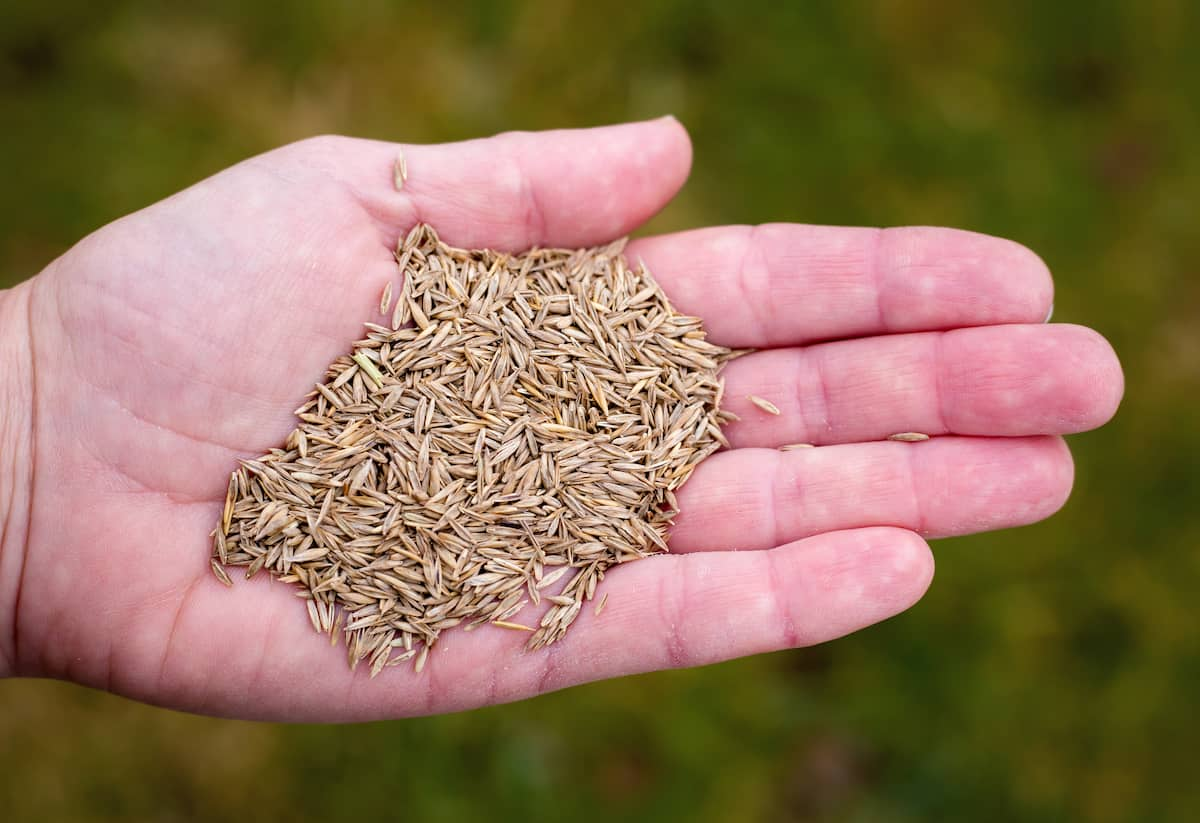
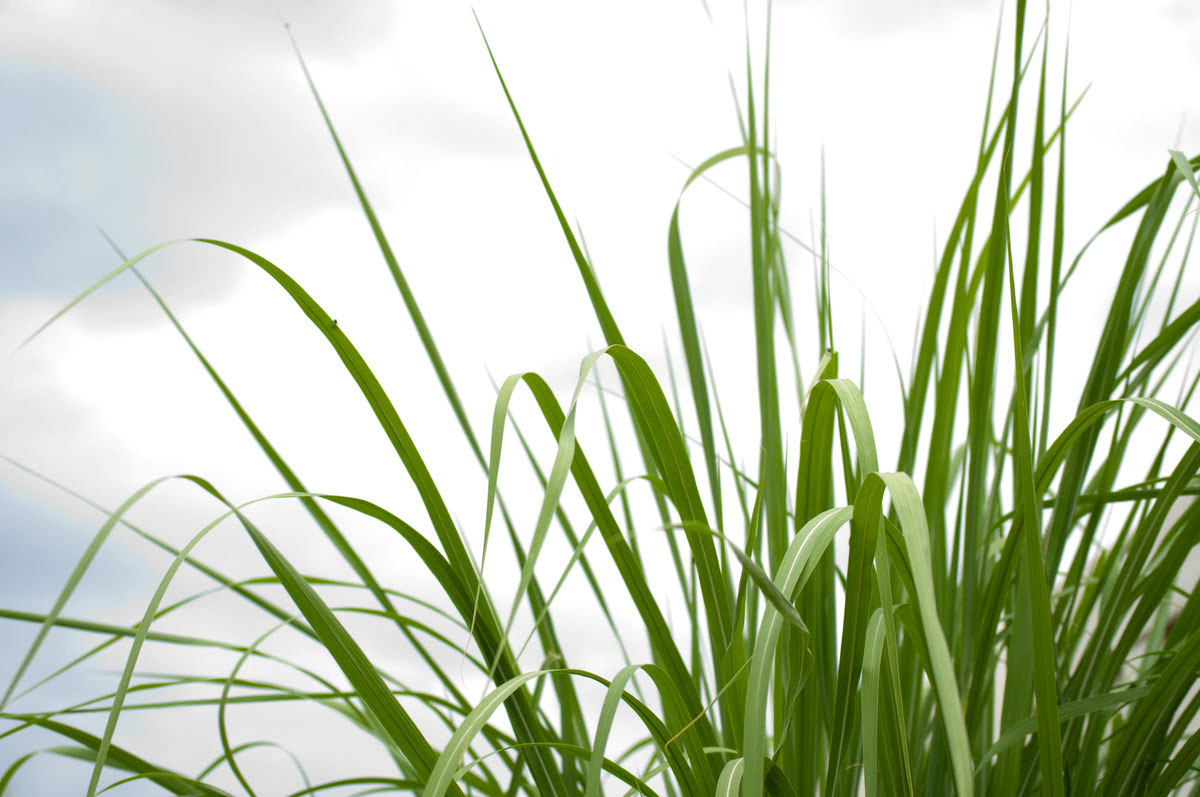


0 thoughts on “How To Grow Grass In Mossy Areas”